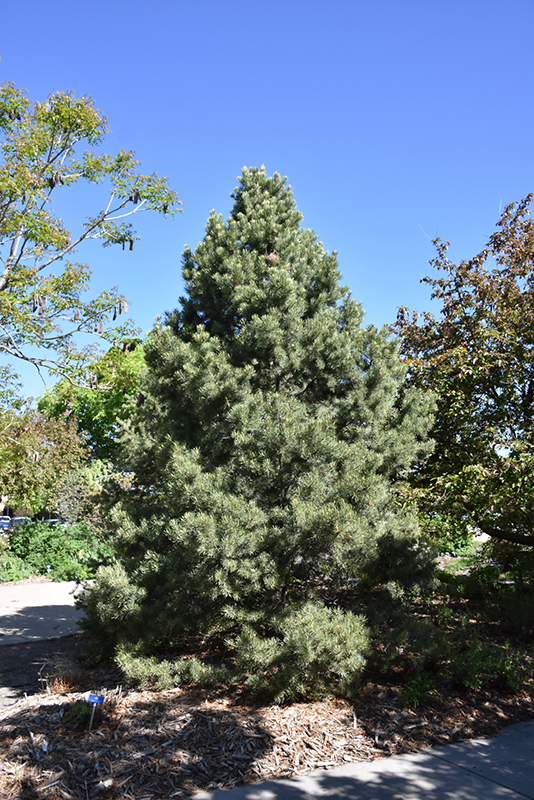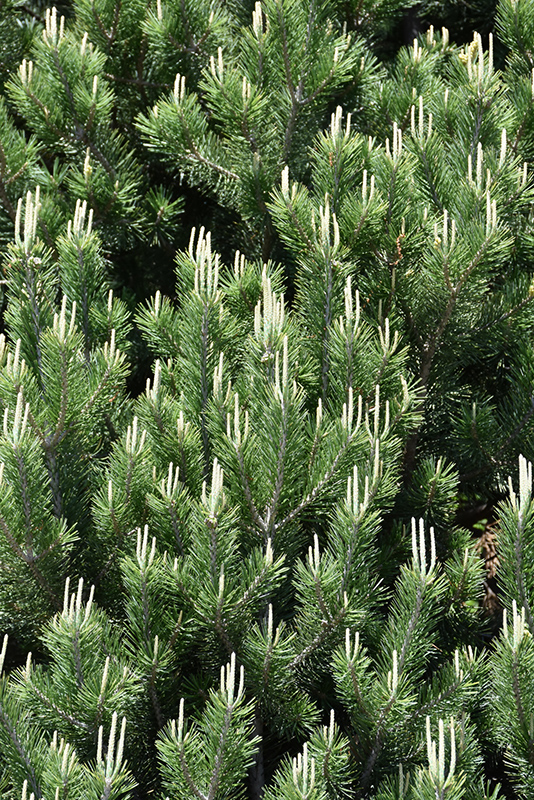Height: 30 feet Spread: 30 feet
Sunlight:
Hardiness Zone: 5b Other Names: Colorado Pinyon, syn. PInus cembroides var. edulis Description: A stately upright pine with dense branching and soft green needles; its youthful conical habit becomes more broad and flat topped with a large diameter trunk; a beautiful accent tree for the home landscape Ornamental Features Pine, Pinyon is primarily valued in the landscape for its distinctively pyramidal habit of growth. It has attractive green evergreen foliage. The needles are highly ornamental and remain green throughout the winter. Landscape Attributes Pine, Pinyon is an evergreen tree with a strong central leader and a distinctive and refined pyramidal form. Its relatively fine texture sets it apart from other landscape plants with less refined foliage. This is a relatively low maintenance tree. When pruning is necessary, it is recommended to only trim back the new growth of the current season, other than to remove any dieback. It has no significant negative characteristics. Pine, Pinyon is recommended for the following landscape applications; Planting & Growing Pine, Pinyon will grow to be about 30 feet tall at maturity, with a spread of 30 feet. It has a low canopy, and should not be planted underneath power lines. It grows at a slow rate, and under ideal conditions can be expected to live for 80 years or more. This tree should only be grown in full sunlight. It does best in average conditions that are neither too wet nor too dry, and is very intolerant of standing water. This plant should be periodically fertilized throughout the active growing season with a specially-formulated acidic fertilizer. It is not particular as to soil type or pH. It is highly tolerant of urban pollution and will even thrive in inner city environments. This species is native to parts of North America. Special Attributes Cones are 1 1/2 to 2 inches long and egg shaped, and can harvest edible nuts. In some areas of the world pine are considered drought tolerant, that depends on when does it rain. If it doesn't rain during the growing season more than 4 inches on a monthly basis it will need to be watered. In the Pacific Northwest Desert evergreens need to be watered during the winter as well as the growing season. Our desert climate especially in late winter to early spring evergreens can suffer during next growing season. An easy way to remember check for dryness is on the holidays Halloween, Thanksgiving, New Year's Day, Valentines Day & Easter![]()
![]()
![]()
![]()
![]()
![]()
![]()
![]()


